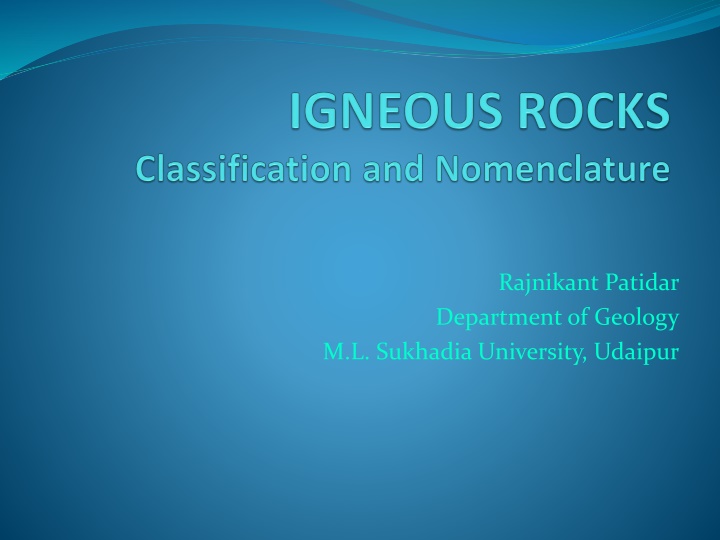
Igneous Rocks: Classification, Composition, and Genesis
Explore the classification, composition, and genesis of igneous rocks based on color, texture, mineralogy, and chemistry. Learn about different types of igneous rocks, their identification, and classification criteria for a comprehensive understanding of these geological formations.
Download Presentation

Please find below an Image/Link to download the presentation.
The content on the website is provided AS IS for your information and personal use only. It may not be sold, licensed, or shared on other websites without obtaining consent from the author. If you encounter any issues during the download, it is possible that the publisher has removed the file from their server.
You are allowed to download the files provided on this website for personal or commercial use, subject to the condition that they are used lawfully. All files are the property of their respective owners.
The content on the website is provided AS IS for your information and personal use only. It may not be sold, licensed, or shared on other websites without obtaining consent from the author.
E N D
Presentation Transcript
Rajnikant Patidar Department of Geology M.L. Sukhadia University, Udaipur
Different types of igneous rocks are found in nature. Identification, correct naming (nomenclature) and their classification is important while studying the igneous rocks. The nomenclature and classification of igneous rocks is depend upon factors like: Colour Textural Characteristics Mineralogical Composition Chemical Composition Genesis
Classification based on Colour and Texture Igneous rocks can be grouped on the basis of Colour Index ( Percentage of dark minerals present in the rock) On the basis of Texture the igneous rocks are classify into: Phaneritic Rocks (minerals visible with eye) Aphanitic Rocks (minerals are too small) Porphyritic Rocks (phenocrysts present) Fragmental Rocks (pyroclastic) Pegmatitic Rocks (very large size minerals) Glassy Rocks (very fine, non-crystallized rocks)
Composition Phaneritic Aphanitic Color index (% dark minerals) 10 15 20 20 25 50 Granite Syenite Monzonite Rhyolite Trachyte Latite Felsic Granodiorite Diorite Dacite Andesite Intermediate Gabbro Basalt Mafic 95 Peridotite Ultramafic
Classification based on Genesis Extrusive Igneous Rocks Volcanic Rocks Pyroclastic Rocks Intrusive Igneous Rocks Plutonic Rocks Hypabyssal Rocks
Mineralogical Classification Leucocratic Rocks Rich in felsic minerals (Granite, Granodiorite) Melanocratic Rocks Rich in mafic minerals (Pyroxenite) Mesocratic Rocks Intermediate composition (Diorite, Gabbro)
Chemical Classification On the basis of SiO2content: Acid Igneous Rocks - > 65% of SiO2(Granite) Intermediate Igneous Rocks 55 to 65% SiO2(Andesite) Basic Igneous Rocks 44 to 55% of SiO2(Basalt) Ultrabasic Igneous Rocks - < 44% SiO2(Anorthosite)
On the basis of Alkali content: Suggested by Irvine & Baragar (1971) for volcanic rocks Peralkaline Rocks (Na2O + K2O) > Al2O3e.g. Commendite Alkaline Rocks (Na2O + K2O) = Al2O3 e.g. Alkali basalt Sub-alkaline Rocks (Na2O + K2O) < Al2O3e.g. Rhyolite
TAS Classification The TAS diagram is the mostly used classification of aphaniticvolcanic rocks . The acronym originated from initial letters of compounds projected along both axes (Total Alkalis vs. Silica). Hence, it is a classic cartezian variation diagram, in which horizontal axis is numerical expression of SiO2content in wt. % correlated with the sum of Na2O+K2O on the vertical axis (LeBas et al. 1986). The TAS diagram is descriptive and it does not have any genetic meaning. It can be used also for the classification of glass-rich or glassy rocks with less than 2 wt. % H2O+and 0.5 wt. % CO2. However, prior to classification, the chemical analysis must be recalculated to 100 wt. %, excluding H2O and CO2.
Total Alkali Silica (TAS) Classification: Suggested by Le Bas et.al. (1986) for volcanic rocks
Continue Chemical classification of volcanic rocks based on the total alkali content (Na2O+K2O in wt. %) and SiO2(LeBas et al. 1986, 1992).Rocks in shaded fields are further classified according to bottom table. Other criteria must be employed to distinguish between rocks projected within the same field. For instance, basanite differs from tephrite by normative olivine, whose content is less than 10 mol. % in tephriteand above this value in basanite. Similarly, trachyte differs from trachydacite by content of normative quartz. Numbers within the diagram correspond to intersection coordinates of boundary lines.
IUGS Classification (QAP Diagram) For Plutonic Rocks: Based on Modal Concentration of Common minerals
IUGS Classification (QAP Diagram) For Volcanic & Hypabyssal Rocks Based on norms (if modes are not calculated)





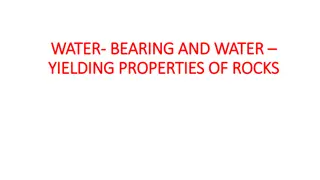

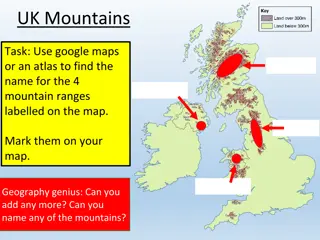
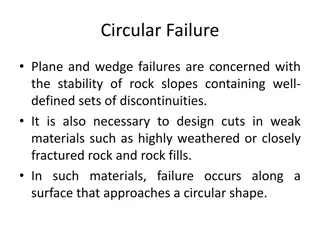


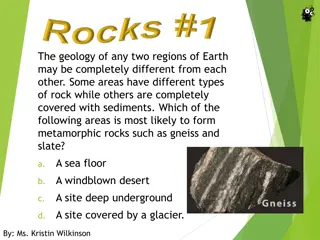



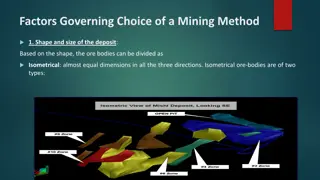

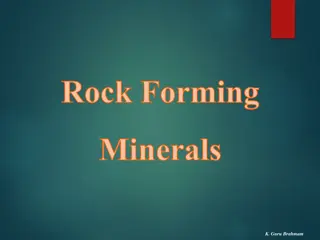



![Importance of Rock v. MWB [2018] UKSC 24 as Explained by Lord Sumption](/thumb/193348/importance-of-rock-v-mwb-2018-uksc-24-as-explained-by-lord-sumption.jpg)